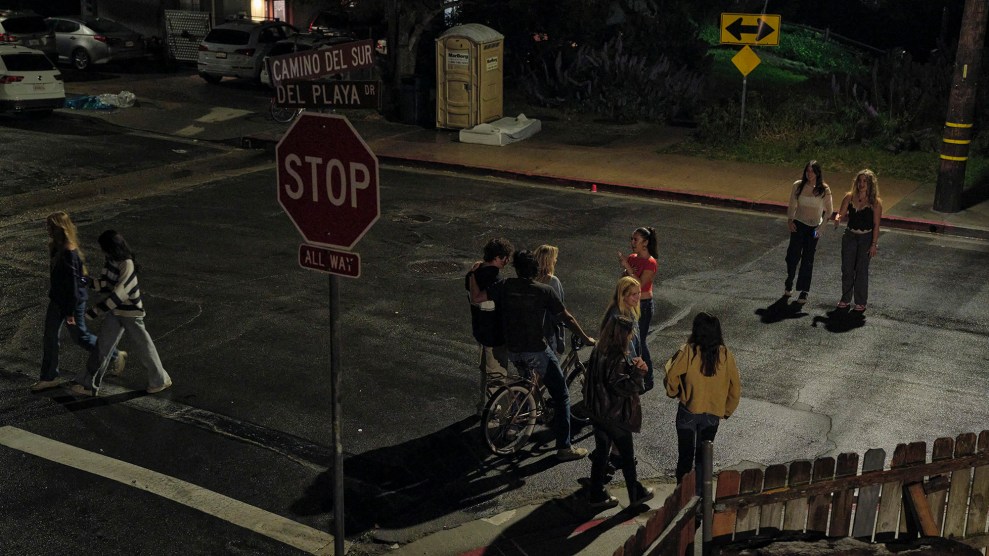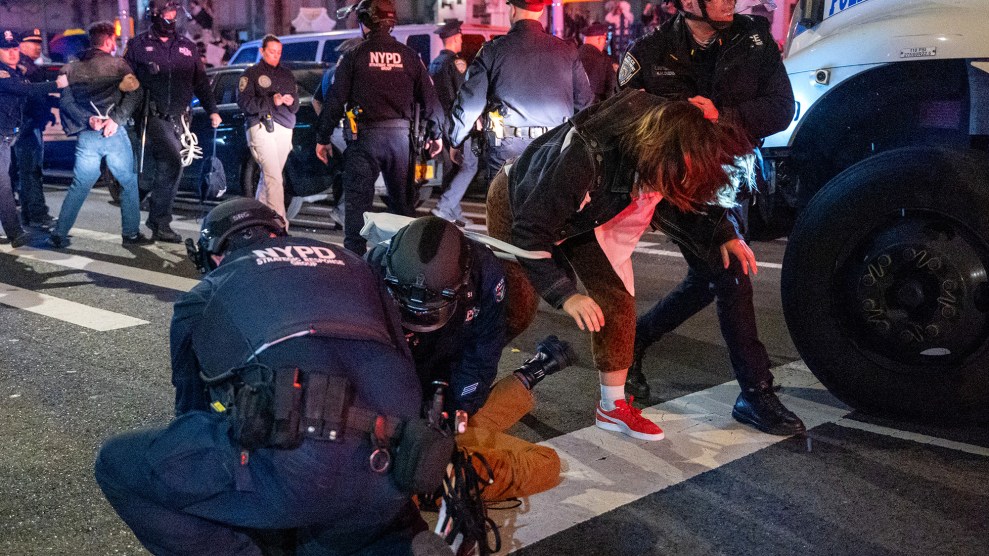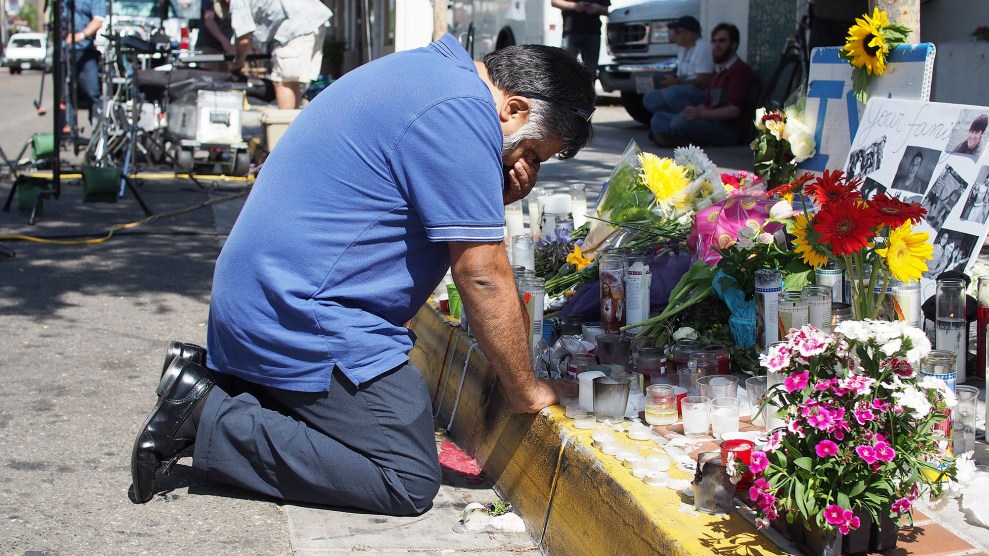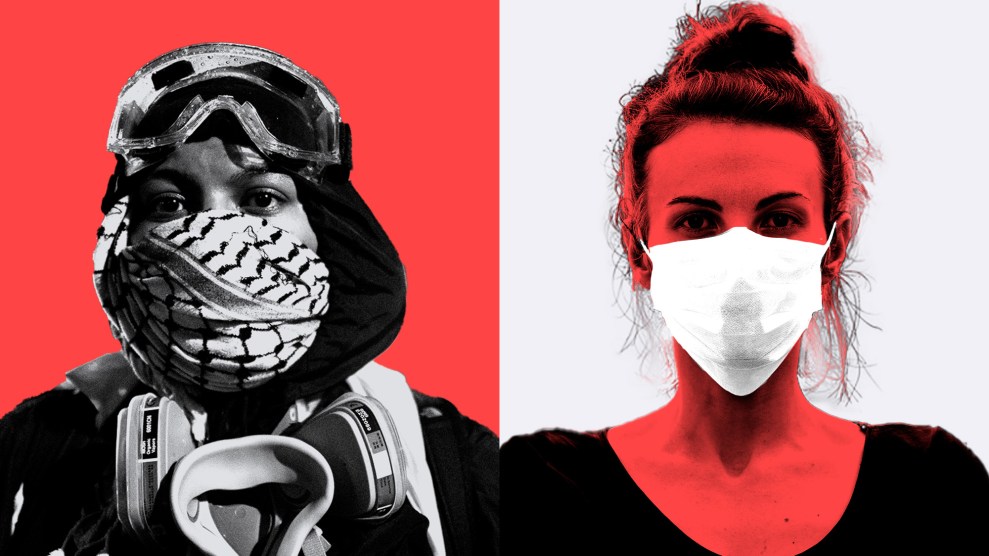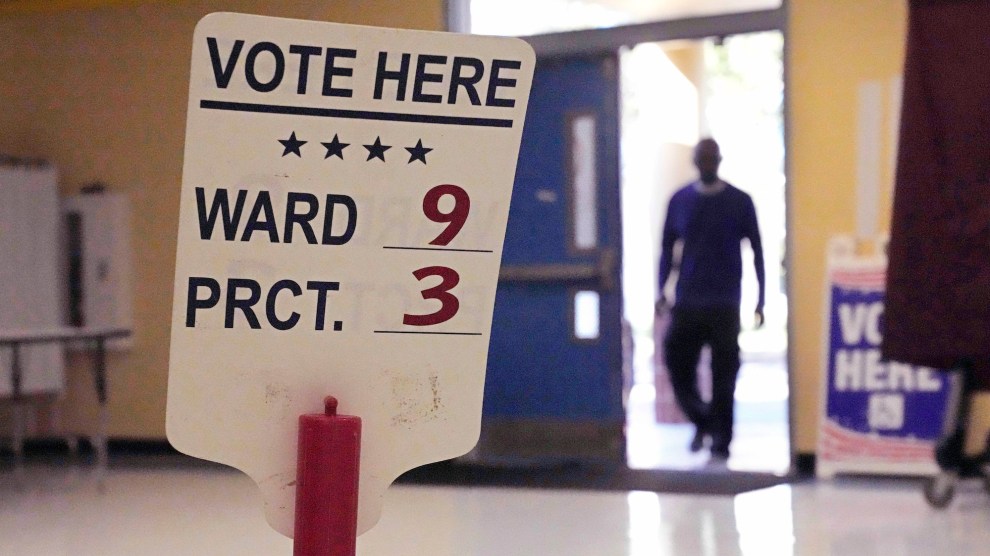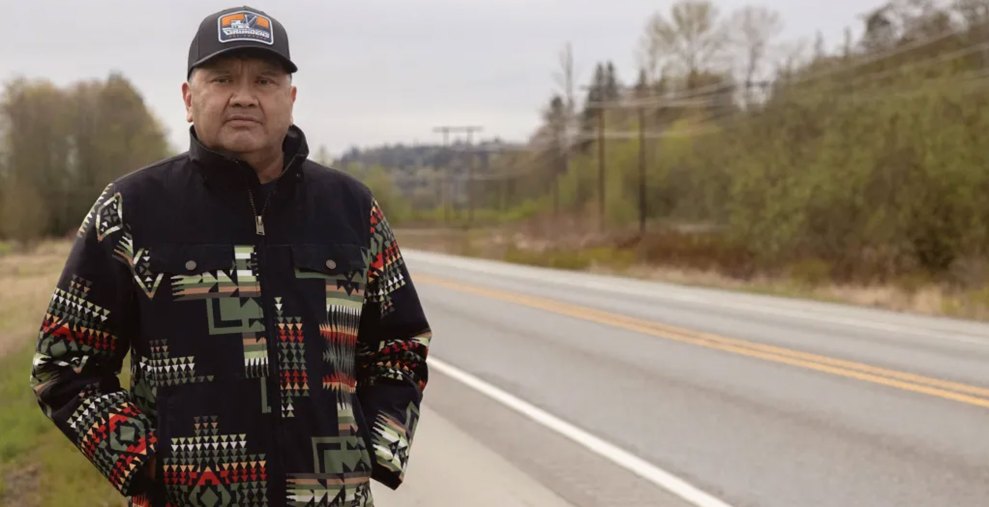Here’s some news for all my fellow depressives. Aaron Carroll points today to a massive new study on the effectiveness of antidepressants:
The reassuring news is that all of the antidepressants were more effective than placebos….Further good news is that smaller trials did not have substantially different results from larger trials….It also did not appear that industry sponsoring of trials correlated with significant differences in response or dropout rates.
….The bad news is that even though there were statistically significant differences, the effect sizes were still mostly modest. The benefits also applied only to people who were suffering from major depression, specifically in the short term. In other words, this study provides evidence that when people are found to have acute major depression, treatment with antidepressants works to improve outcomes in the first two months of therapy.
Just to clarify this, this was a metastudy focused solely on studies of antidepressants for major depression. It didn’t conclude anything one way or the other about how well these drugs work for those with moderate depression. Also, they warn that Prozac is probably the only antidepressant that works for children and teenagers.
And now it’s time for the payoff to my clickbait headline. How does your antidepressant perform? Here’s the chart:
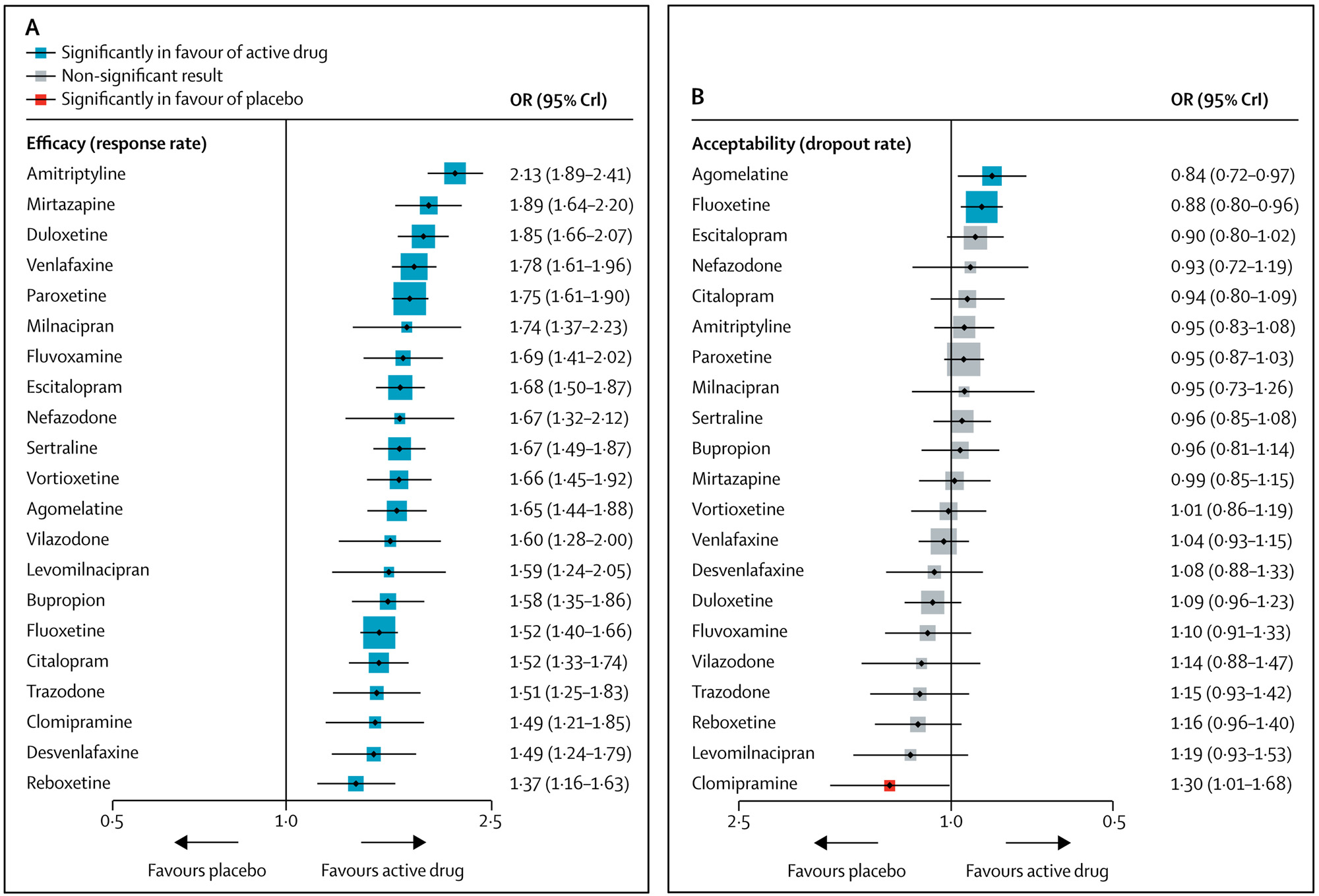
The left chart shows how well each antidepressant worked. The right chart shows how well people tolerated it. For example, I use venlafaxine (Effexor), which appears to be pretty effective (odds ratio = 1.78). Its tolerability, as measured by how many people dropped out of studies, is about the same as a placebo.
As always, this is just raw data. Different drugs work differently for different people. Only you and your doctor can decide for sure what works best for you.






